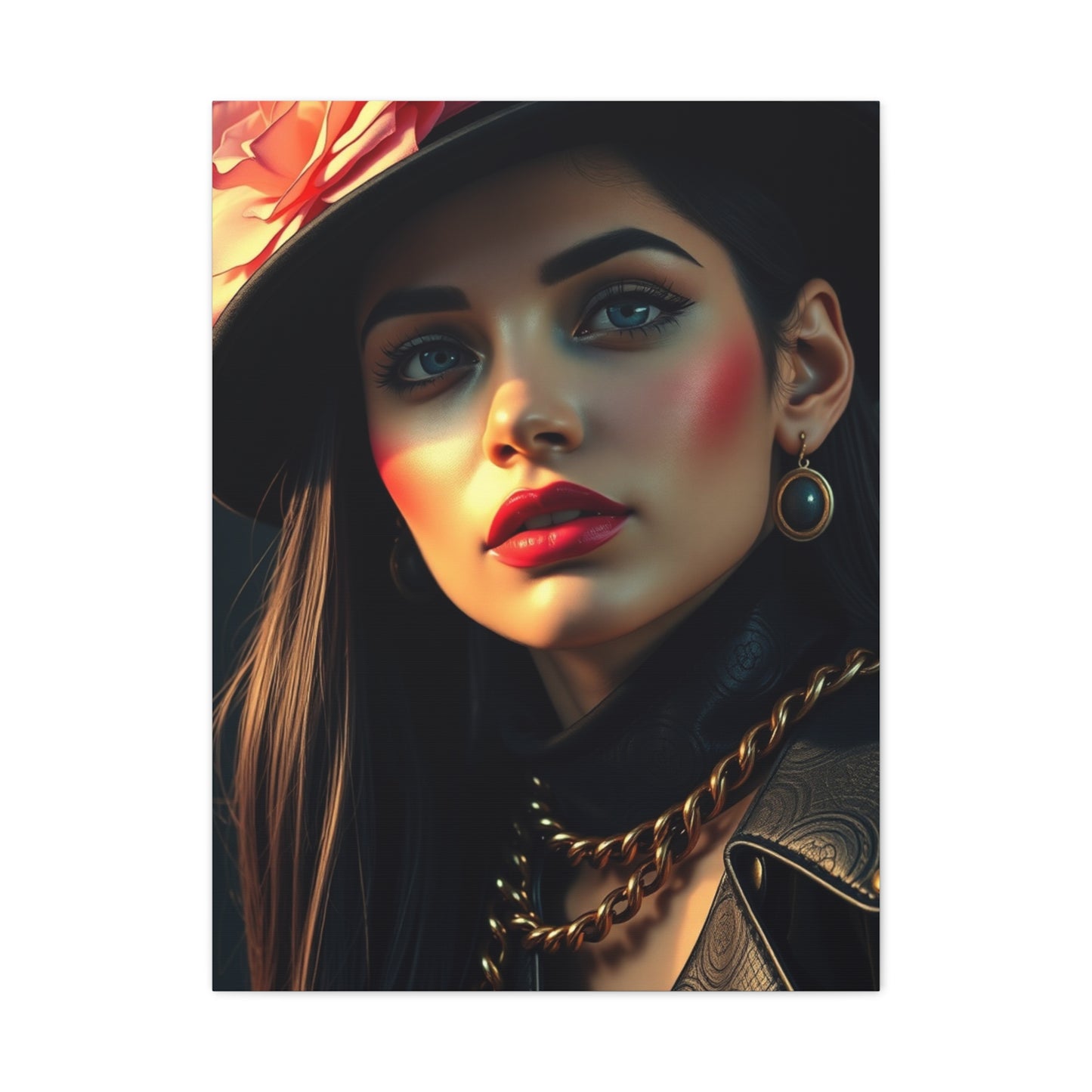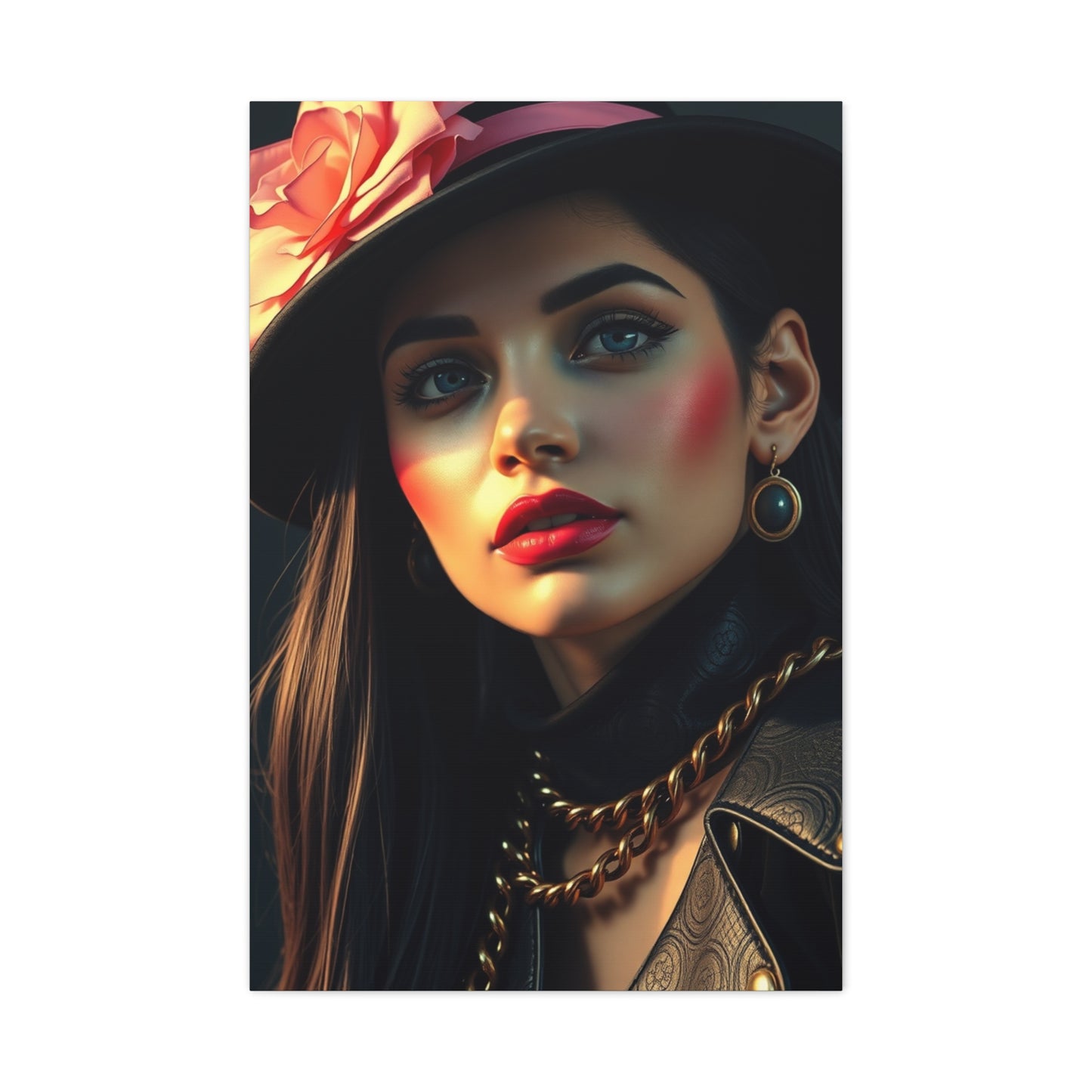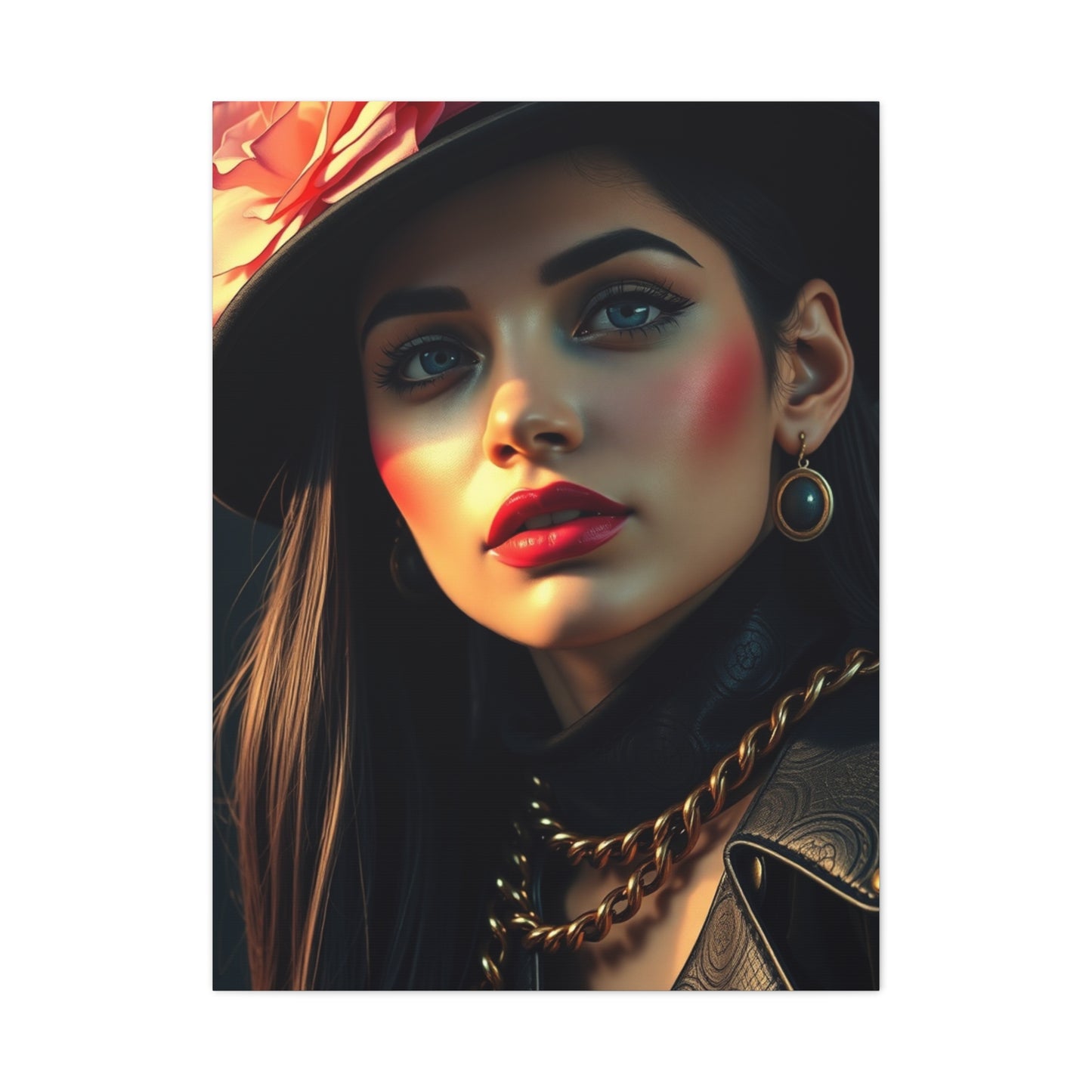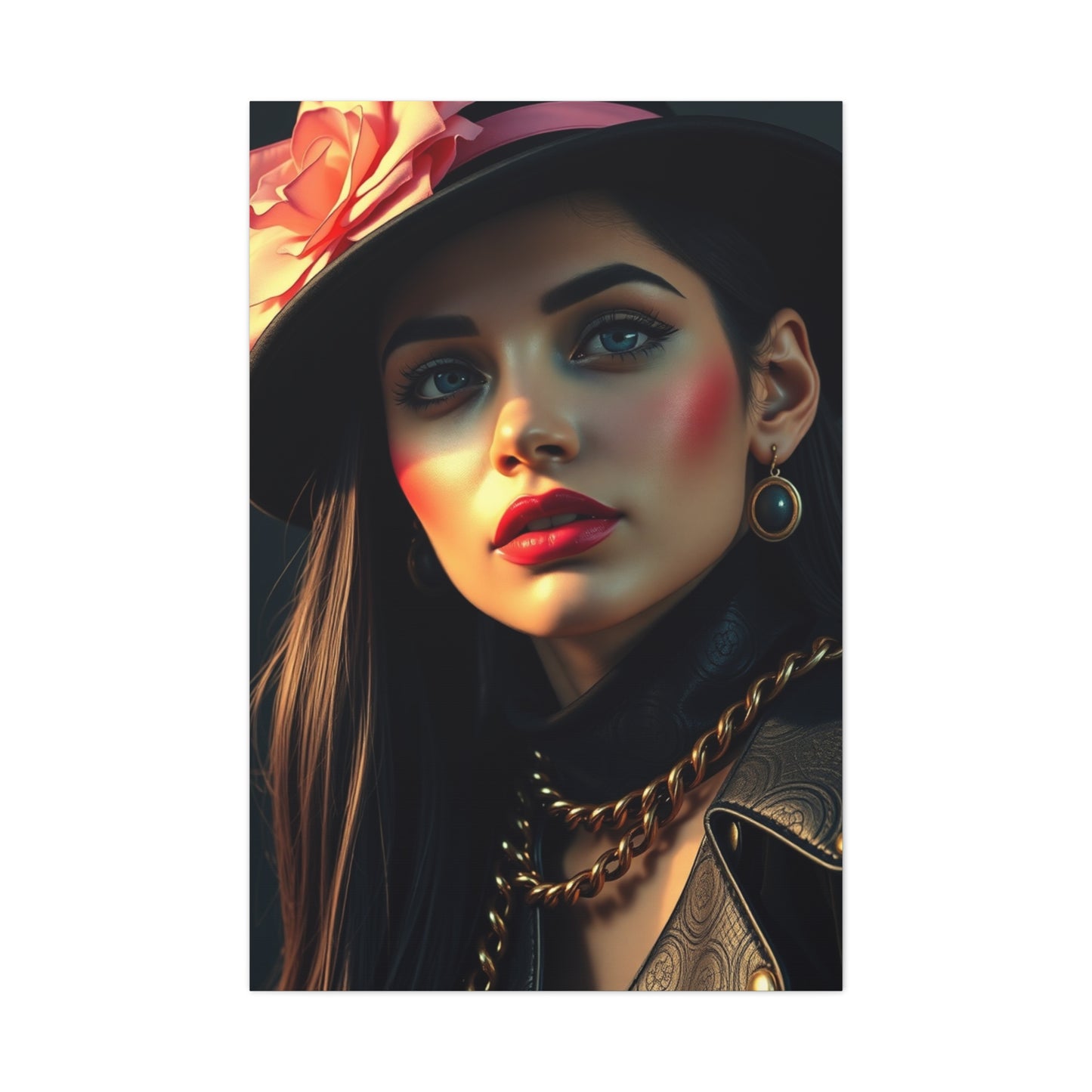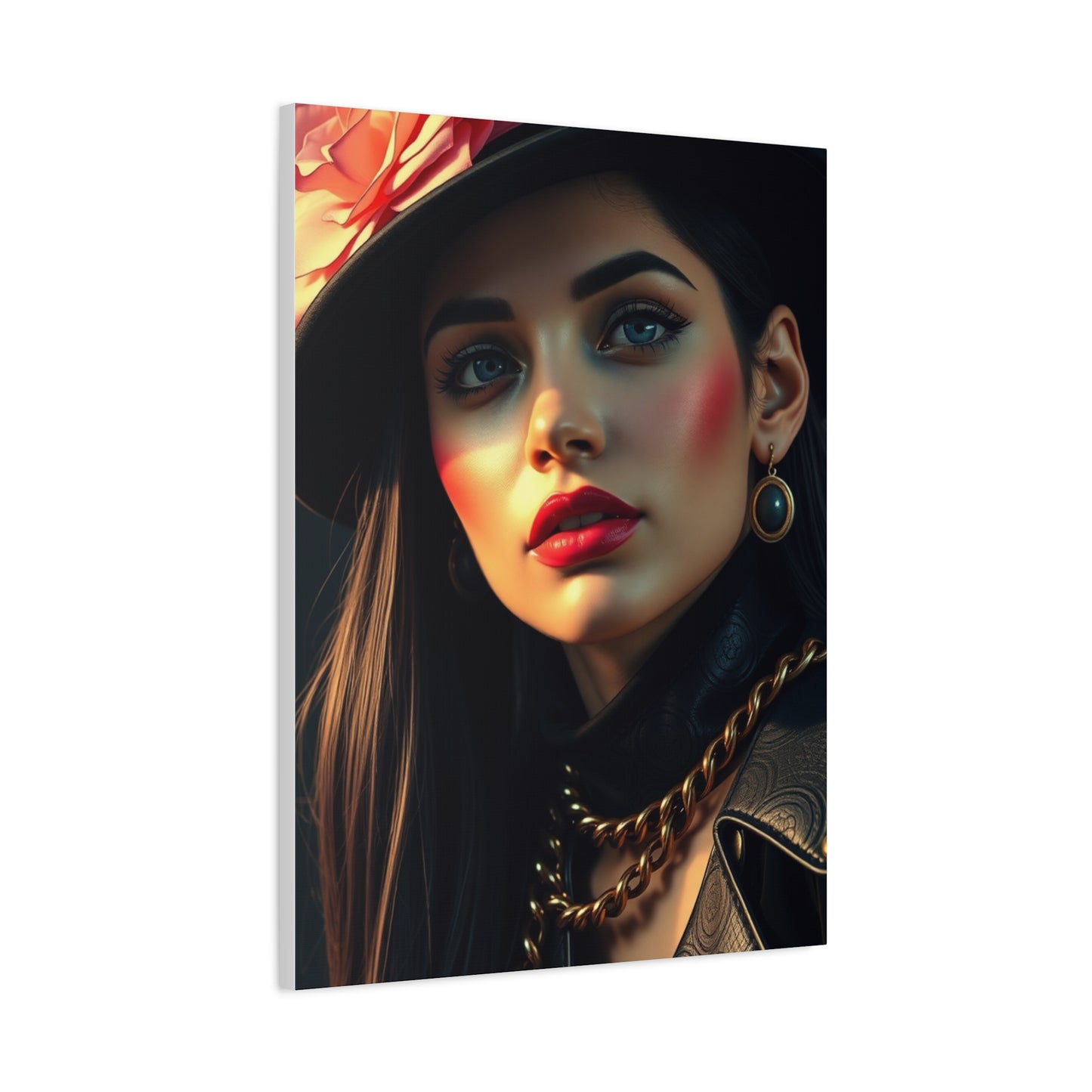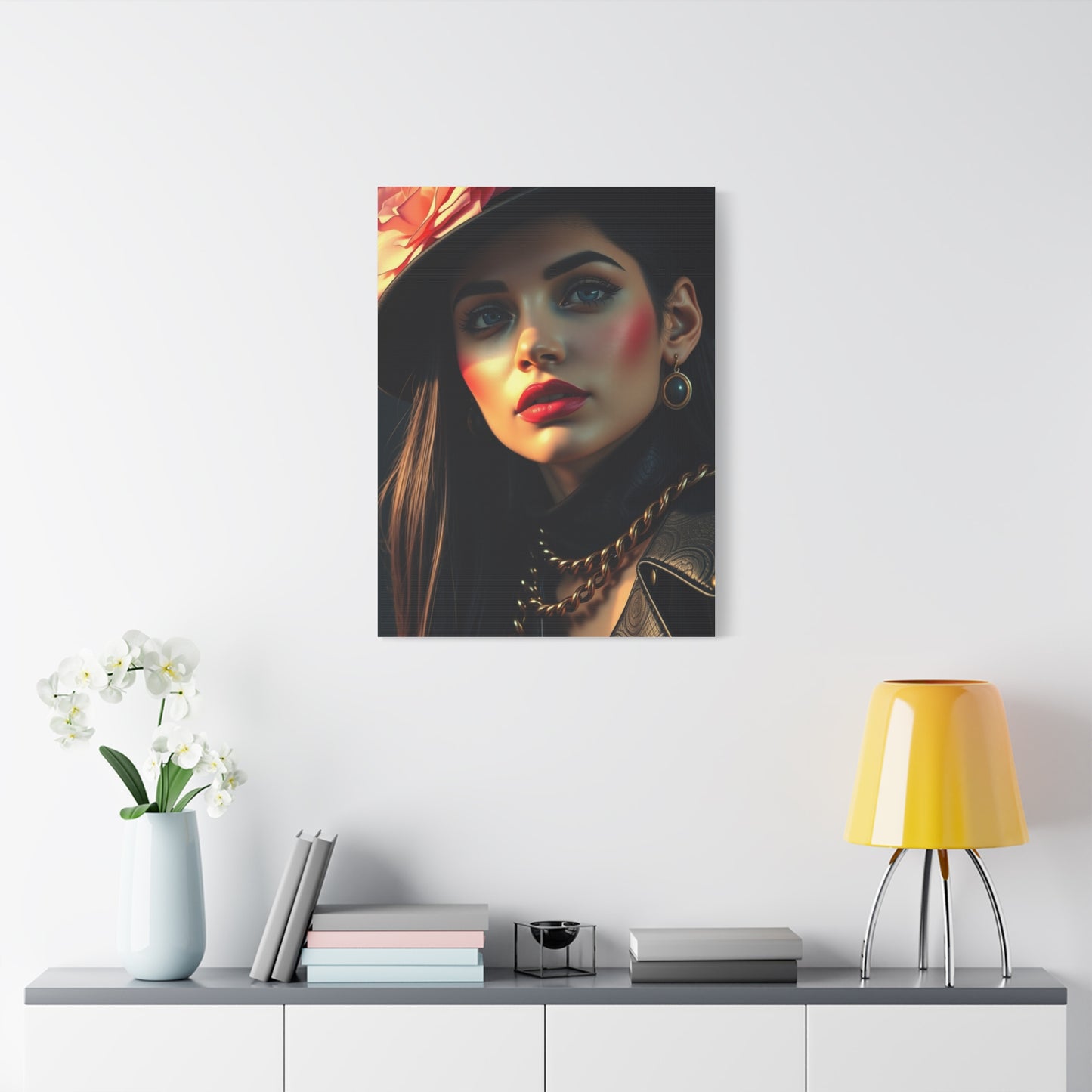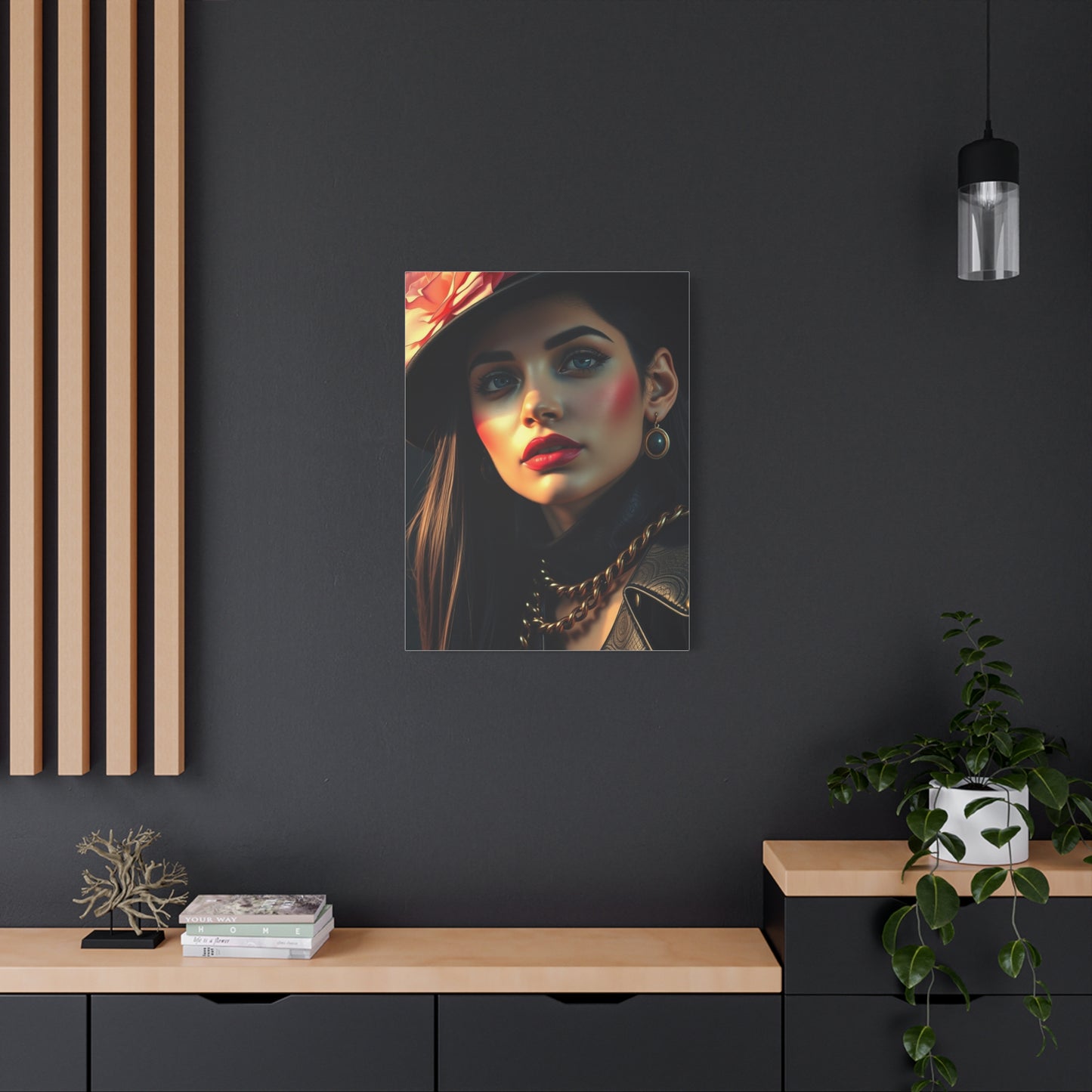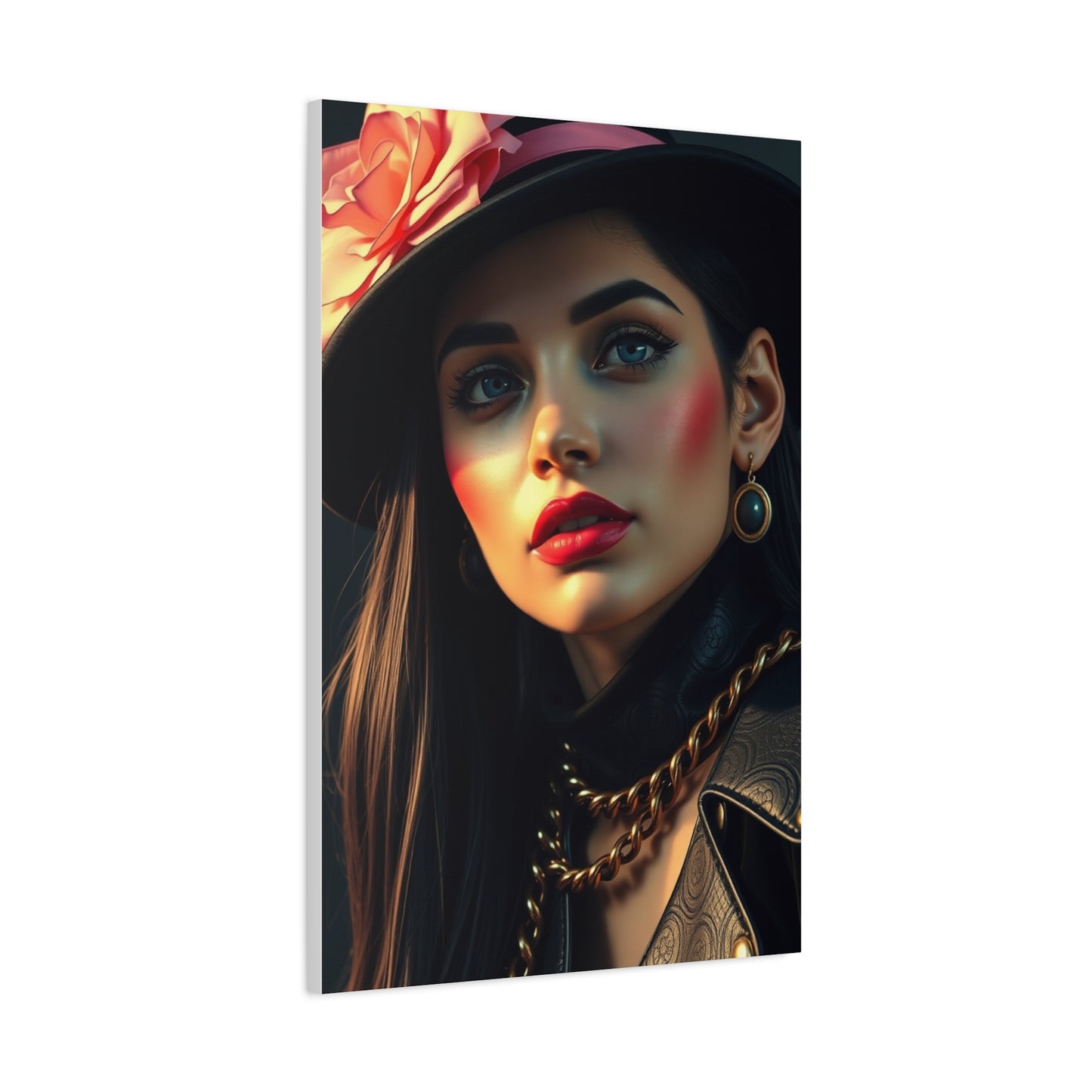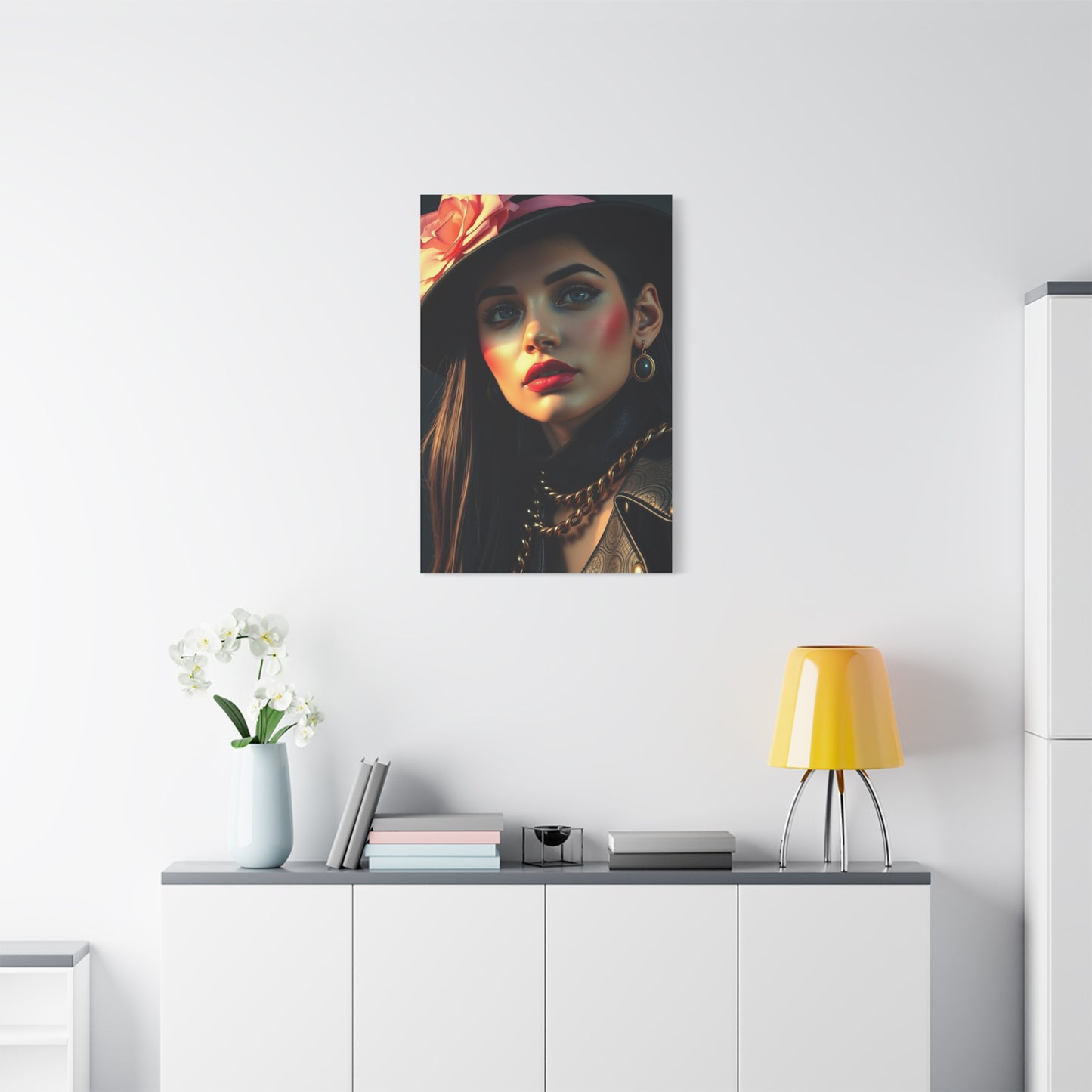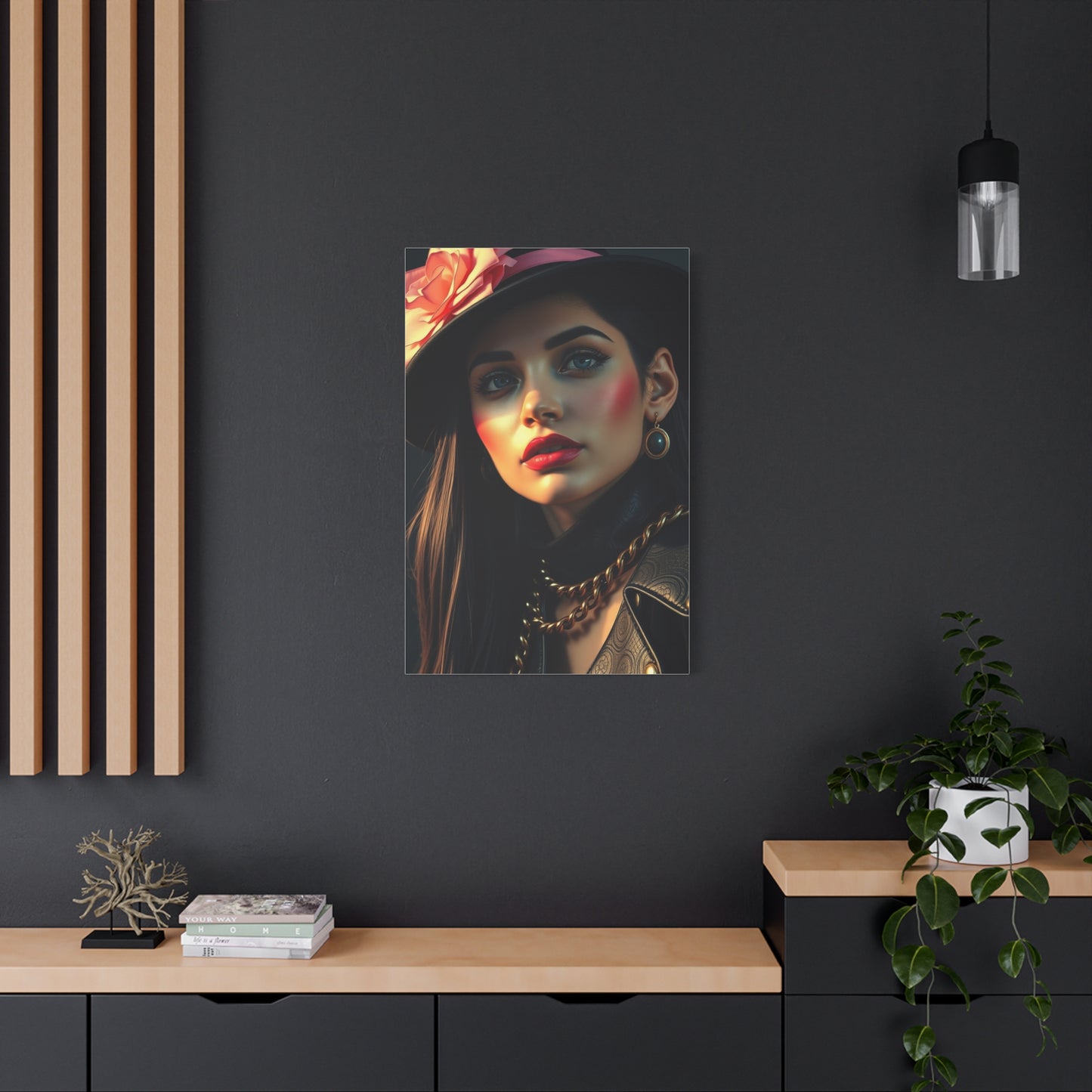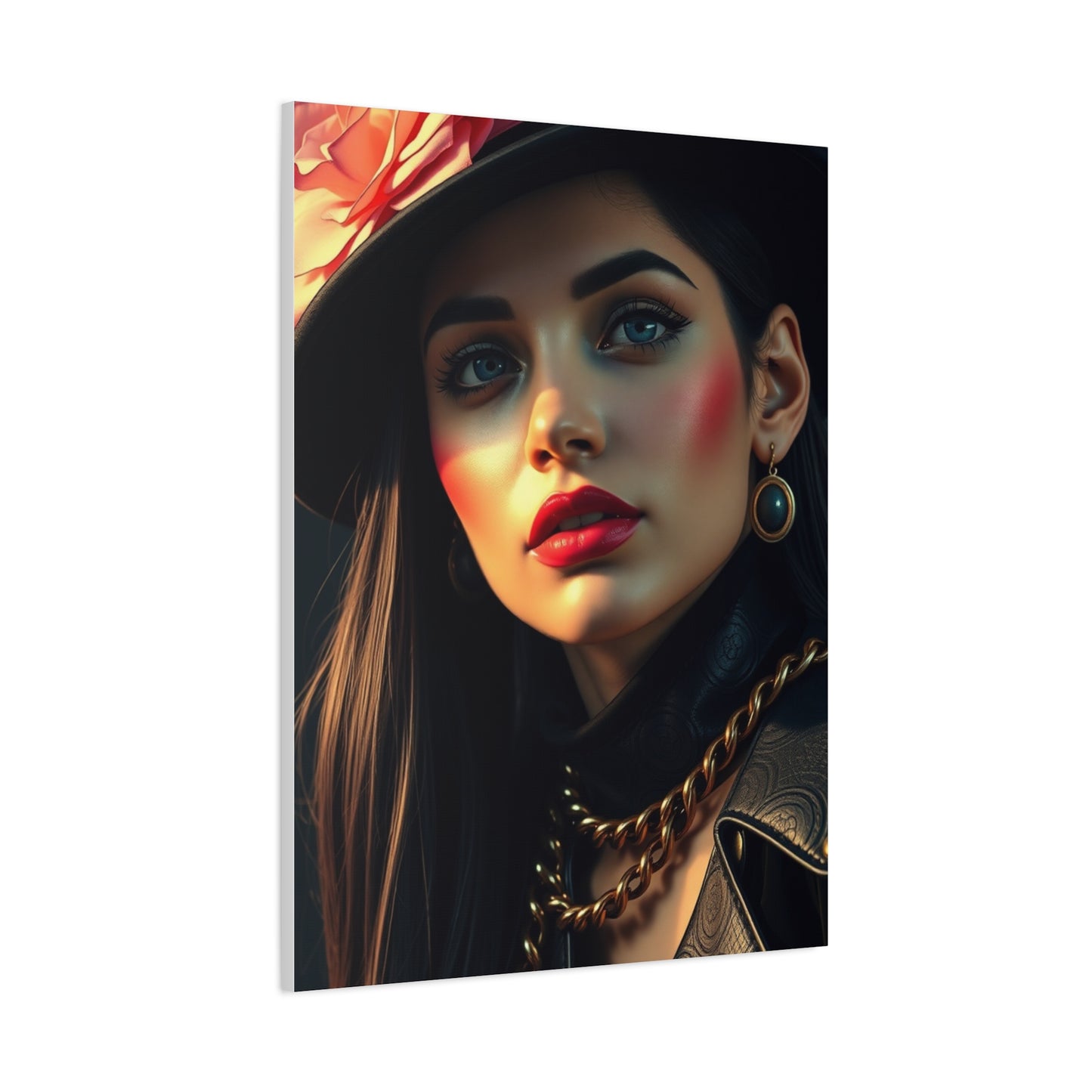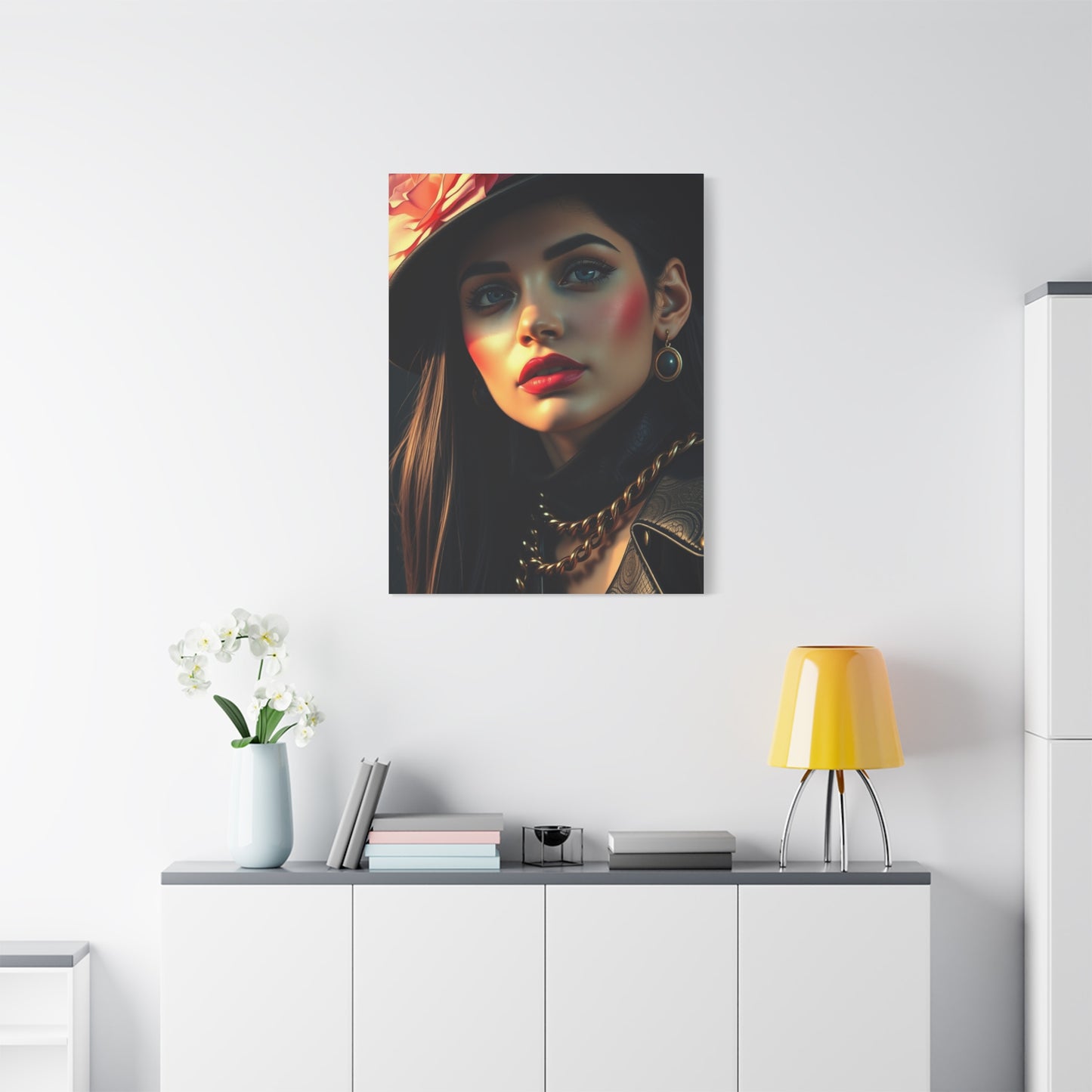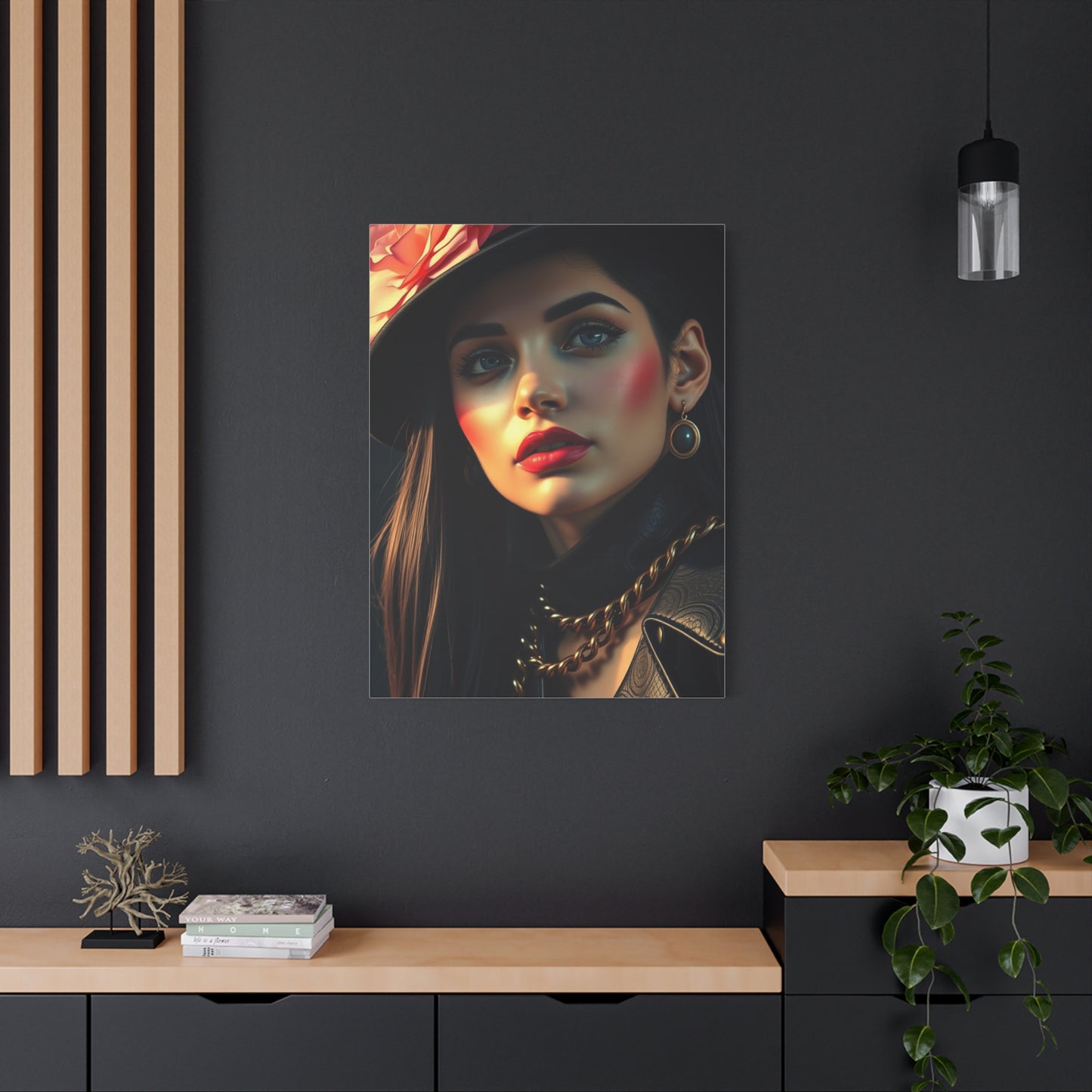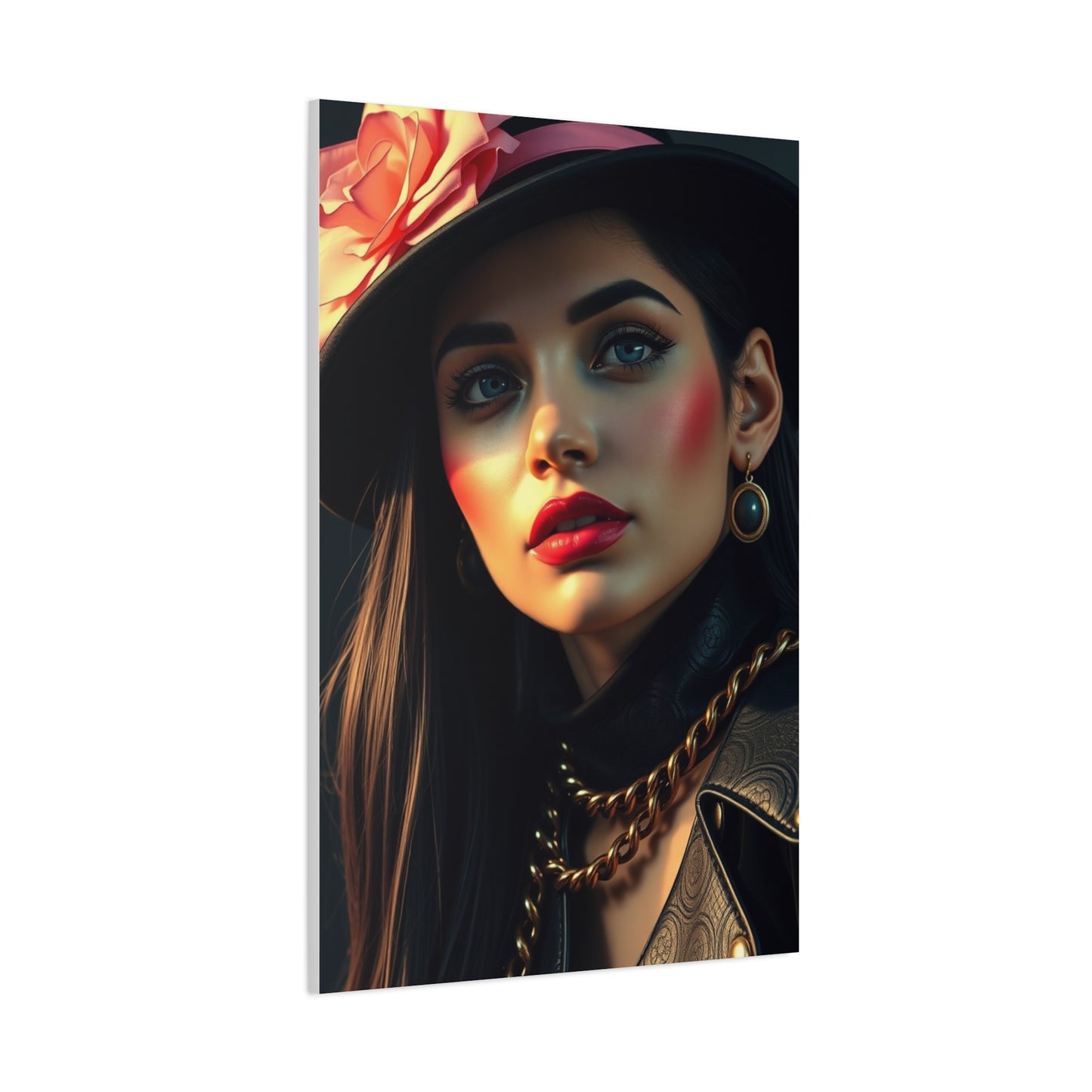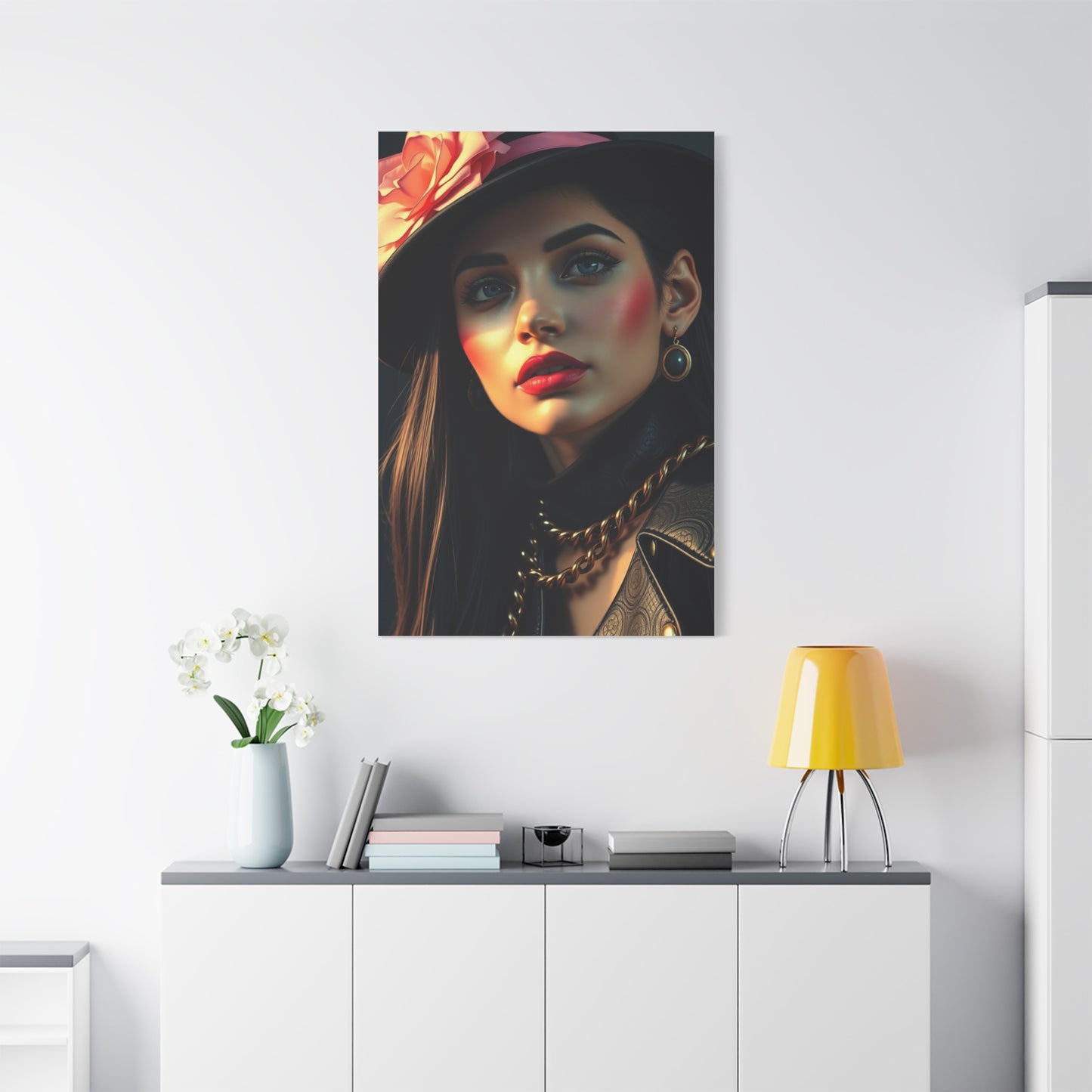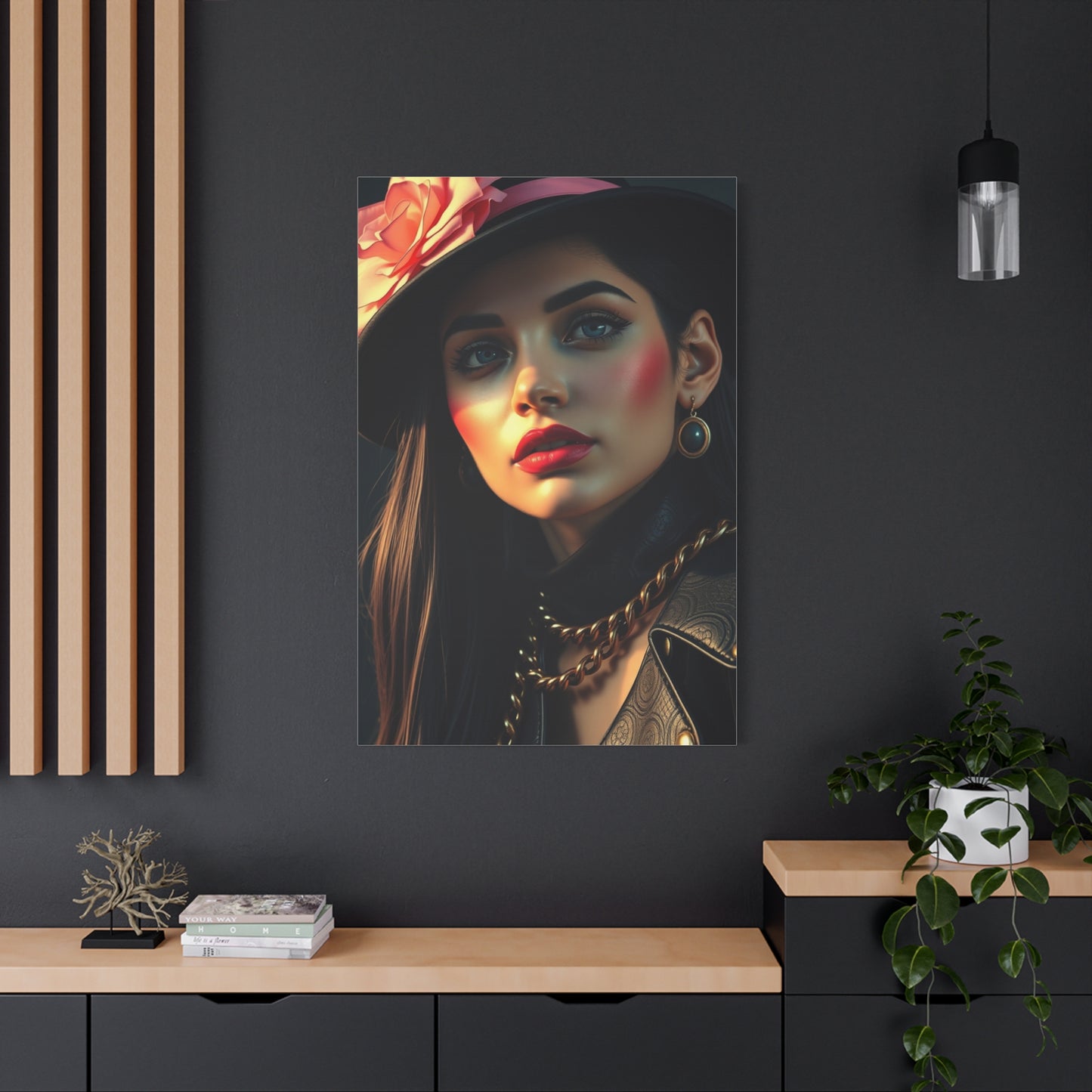Simplify to Amplify: The Power of Refined Essence in Visual Communication
The concept of refined essence in art represents a revolutionary approach to visual expression that transcends conventional decorative boundaries. This methodology focuses on distilling artistic elements to their most fundamental components, creating pieces that communicate profound meaning through deliberate simplicity. When artists embrace refined essence principles, they embark on a journey that requires deep understanding of both visual composition and emotional resonance.
Creating art with purpose begins with identifying the core message or emotion you wish to convey. This process involves stripping away unnecessary elements that might dilute the intended impact. Artists working within this paradigm often find themselves questioning every brush stroke, every color choice, and every compositional decision. The goal is not merely to create something visually appealing, but to craft pieces that speak directly to the viewer's consciousness.
The purposeful approach to art creation demands careful consideration of the environment where the piece will reside. This awareness extends beyond simple color coordination to encompass the emotional atmosphere of the room, the natural lighting conditions, and the psychological state of those who will regularly encounter the artwork. Refined essence art serves as a bridge between the physical environment and the spiritual or emotional needs of its observers.
Contemporary artists practicing this approach often work with limited color palettes, focusing instead on texture, form, and the interplay of light and shadow. This restraint paradoxically creates more powerful visual statements than works cluttered with excessive detail. The viewer's eye is guided naturally to the essential elements, allowing for deeper contemplation and emotional connection.
Where Simplicity Meets Sophistication in art
The intersection of simplicity and sophistication in art represents one of the most challenging yet rewarding approaches to visual creation. This balance requires artists to develop an acute sensitivity to the subtle nuances that separate mere minimalism from truly sophisticated artistic expression. The journey toward this mastery involves understanding that simplicity is not about emptiness or lack of content, but rather about the careful curation of elements that collectively create maximum impact.
Sophisticated simplicity in art often manifests through the strategic use of negative space, allowing the mind to complete patterns and relationships that are suggested rather than explicitly stated. This technique engages viewers on an intellectual level while simultaneously providing visual rest and contemplation opportunities. The most successful pieces in this category create a dialogue between what is present and what is absent, generating dynamic tension that keeps the eye engaged.
The materials chosen for sophisticated simple art play a crucial role in achieving the desired effect. Artists may opt for high-quality, natural materials that possess inherent beauty and character. Wood grains, stone textures, and metallic finishes can provide richness and depth without requiring complex imagery or busy patterns. The tactile quality of these materials adds another dimension to the viewing experience, inviting closer inspection and appreciation.
Color theory becomes particularly important when working within the parameters of sophisticated simplicity. Artists must understand how different hues interact not only with each other but also with the surrounding environment. A single well-chosen accent color can transform an otherwise monochromatic piece into something that commands attention while maintaining its essential simplicity. The key lies in understanding that sophistication often emerges from the restraint shown in making these choices.
Cultural influences play a significant role in defining what constitutes sophisticated simplicity across different contexts. Japanese aesthetics, with concepts like wabi-sabi and ma (negative space), offer valuable insights into creating art that embodies both simplicity and profound meaning. Scandinavian design principles contribute additional perspectives on how clean lines and natural materials can create environments that feel both modern and timeless.
Creating art with a Focus on Pure Essence
Pure essence in art creation requires artists to engage in a process of continual refinement, constantly asking themselves what elements are truly necessary to convey their intended message. This approach demands a deep understanding of the fundamental principles that make visual art effective, as well as the courage to eliminate elements that might be technically proficient but conceptually unnecessary.
The pursuit of pure essence begins with identifying the emotional or intellectual core of the intended piece. This might be a feeling, a concept, or a visual relationship that the artist wishes to explore. Once this essence is clearly defined, every subsequent decision must be evaluated against its contribution to this central theme. Elements that do not strengthen or support the core concept, regardless of their individual merit, must be reconsidered or eliminated.
Working with pure essence often involves a cyclical process of addition and subtraction. Artists may begin with complex compositions and gradually pare them down, or they might start with minimal elements and carefully add components that enhance the essential message. Both approaches require patience and the willingness to destroy work that may have taken considerable time to create if it ultimately detracts from the pure essence being pursued.
The technical execution of essence-focused art requires mastery of fundamental skills. Artists must be proficient enough in their chosen medium that they can achieve their vision without being constrained by technical limitations. This proficiency allows them to focus entirely on the conceptual and emotional aspects of their work, knowing that they possess the skills necessary to realize their vision effectively.
Material selection becomes crucial when creating essence-focused art. Each medium brings its own characteristics and limitations, and artists must choose materials that naturally align with their conceptual goals. Oil paints might be chosen for their richness and blendability, while charcoal might be selected for its ability to create dramatic contrasts with minimal color. The medium itself becomes part of the essence being explored.
The relationship between the artwork and its eventual environment must be considered throughout the creation process. art designed for contemplative environments might embrace different essential qualities than pieces intended for energizing or inspiring viewers. This environmental awareness ensures that the pure essence of the piece will be able to manifest effectively in its intended context.
The Art of Distilling Beauty in art Creation
Distilling beauty in art represents a sophisticated approach that requires artists to identify and isolate the elements that create genuine aesthetic impact. This process involves developing an acute sensitivity to visual harmony, proportion, and the subtle relationships between different compositional elements. The goal is not simply to create something that appears beautiful at first glance, but to craft pieces that reveal deeper layers of beauty through extended observation.
The distillation process begins with understanding that beauty in art is not accidental but results from deliberate choices made by the artist. Each element within a composition must earn its place by contributing to the overall aesthetic impact. This might involve studying classical principles of proportion and harmony, while also remaining open to contemporary interpretations of what constitutes beauty in visual art.
Color relationships play a fundamental role in distilling beauty within art compositions. Artists must understand not only how different colors interact with each other but also how these interactions create emotional responses in viewers. The most beautiful color combinations often involve subtle relationships that might not be immediately apparent but create lasting visual satisfaction. These relationships might involve complementary colors used in unexpected proportions or analogous colors that create gentle transitions across the composition.
Compositional balance becomes crucial when distilling beauty in art. This balance extends beyond simple symmetry to encompass dynamic relationships between different visual weights within the piece. Artists must develop an intuitive understanding of how different elements draw the viewer's attention and how these attention patterns can be orchestrated to create overall harmony while maintaining visual interest.
The role of texture in distilled beauty cannot be overlooked. Surface variations can add richness and depth to compositions that might otherwise appear flat or lifeless. However, texture must be used judiciously, as excessive textural variation can distract from the essential beauty being pursued. The key lies in finding textures that enhance rather than compete with the primary visual elements.
Light and shadow relationships provide another avenue for distilling beauty in art. Understanding how light interacts with different surfaces and colors allows artists to create compositions that change and evolve throughout the day as lighting conditions shift. This temporal aspect adds an additional layer of beauty that reveals itself over time rather than being immediately apparent.
Refined Essence: Minimalism and Meaning in art
The relationship between minimalism and meaning in art represents one of the most intellectually challenging aspects of contemporary artistic practice. This approach requires artists to discover how maximum conceptual impact can be achieved through minimum visual means. The challenge lies not in the simplicity of the final result, but in the complexity of thought and decision-making required to achieve such apparent simplicity.
Minimalist art that successfully conveys meaning must operate on multiple levels simultaneously. The surface appearance might be elegantly simple, but the conceptual foundation must be robust enough to support extended contemplation and interpretation. This requires artists to develop a deep understanding of symbolic language, color psychology, and the ways in which viewers process and interpret visual information.
The selection of elements to include in minimalist meaningful art becomes a critical decision-making process. Each component must be evaluated not only for its individual visual contribution but also for its symbolic or emotional resonance. A single line might represent a horizon, a boundary, or a connection, depending on its context and the artist's intention. The meaning emerges from the careful orchestration of these multi-layered elements.
Cultural context plays a significant role in how meaning is perceived in minimalist art. Symbols and visual references that carry specific meanings within certain cultural frameworks may be completely neutral or carry different meanings in other contexts. Artists working with refined essence must consider whether their intended meaning will translate effectively across different cultural boundaries or whether the piece is intended for a specific cultural audience.
The temporal aspect of meaning in minimalist art adds another layer of complexity. Some pieces may reveal their meaning immediately upon viewing, while others may require extended contemplation or multiple viewings to fully unfold their conceptual content. The most sophisticated examples often operate on both levels, providing immediate visual satisfaction while offering deeper rewards for patient observation.
The environmental context in which minimalist meaningful art is displayed significantly impacts how its meaning is perceived and interpreted. The same piece might convey entirely different messages depending on whether it is displayed in a corporate environment, a residential setting, or a gallery space. Artists must consider these contextual factors when creating work intended to convey specific meanings.
Masterpieces Born from Essence and Elegance
The creation of masterpieces through the marriage of essence and elegance represents the highest achievement in refined art. These exceptional works demonstrate how fundamental artistic principles can be elevated to create pieces that transcend their immediate visual impact to become lasting contributions to artistic culture. The journey toward creating such masterpieces requires not only technical skill but also a deep understanding of what transforms good art into great art.
Essence in masterpiece creation involves identifying and amplifying the core elements that make a piece uniquely powerful. This might be a particular color relationship, a specific textural quality, or a compositional arrangement that creates unexpected emotional resonance. The artist must develop the sensitivity to recognize these essential elements when they emerge and the skill to nurture them throughout the creative process.
Elegance in art masterpieces manifests through the seamless integration of all compositional elements. Nothing appears forced or arbitrary; every component feels necessary and inevitable. This elegance often emerges through countless small decisions and refinements that gradually eliminate any sense of struggle or effort from the final piece. The result appears effortless despite the intensive work required to achieve such seamless integration.
The balance between innovation and tradition plays a crucial role in creating masterpieces that embody both essence and elegance. Artists must understand historical precedents and classical principles while simultaneously finding fresh ways to apply or subvert these traditional approaches. The most successful masterpieces often reveal new possibilities within established frameworks rather than abandoning tradition entirely.
Material mastery becomes essential when creating masterpieces that demonstrate essence and elegance. Artists must understand their chosen medium so thoroughly that technical execution never interferes with conceptual expression. This mastery allows them to push materials to their limits while maintaining complete control over the final result. The medium becomes transparent, serving the artistic vision without calling attention to itself.
The editing process becomes particularly crucial when striving to create masterpieces. Artists must develop the critical judgment necessary to identify and eliminate elements that detract from the work's essential power. This often involves destroying or significantly altering passages that may be individually successful but do not serve the work as a whole. The ability to make such difficult decisions often separates good artists from great ones.
Elevating art Design Through Refined Essence
The elevation of art design through refined essence principles represents a systematic approach to creating more impactful and meaningful visual expressions. This methodology involves developing a comprehensive understanding of how different design elements interact to create overall aesthetic experiences that transcend the sum of their individual parts. The process requires both analytical thinking and intuitive sensitivity to achieve optimal results.
Design elevation begins with establishing clear hierarchies within the composition. Not all elements should compete equally for viewer attention; instead, strategic emphasis must be placed on the most important components while supporting elements provide context and enhancement. This hierarchical thinking helps viewers navigate the composition efficiently while ensuring that the intended message or emotion is clearly communicated.
The concept of visual rhythm plays a crucial role in elevating art design. Like musical rhythm, visual rhythm involves the strategic repetition and variation of elements to create patterns that guide the viewer's eye through the composition. This might involve repeating colors at specific intervals, creating echoes of shapes across the surface, or establishing textural patterns that provide underlying structure to the work.
Proportion and scale relationships become increasingly important as artists work to elevate their designs. Understanding how different sized elements interact with each other and with the overall dimensions of the piece allows for more sophisticated compositional decisions. These relationships can create feelings of harmony and balance or deliberate tension and dynamism, depending on the artist's intention.
The integration of negative space as an active design element rather than simply empty areas represents an advanced approach to design elevation. Negative spaces can create implied shapes, suggest movement, or provide visual rest areas that enhance the impact of positive elements. Mastering the use of negative space allows artists to create compositions that feel complete and balanced while maintaining visual interest.
Color temperature relationships provide another avenue for design elevation. Understanding how warm and cool colors interact can help artists create depth, atmosphere, and emotional resonance within their compositions. These temperature relationships can be subtle or dramatic, but they should always serve the overall design concept rather than existing as arbitrary decorative elements.
The Power of Subtlety in Artistic Art Creation
Subtlety in art creation represents one of the most sophisticated approaches to visual communication, requiring artists to develop exceptional sensitivity to the nuanced ways in which small changes can create significant impact. This approach challenges creators to find power in restraint and to communicate complex ideas through understated means. The mastery of subtlety often distinguishes mature artistic voices from those still developing their expressive capabilities.
The development of subtle artistic expression begins with understanding that viewers are often more engaged by suggestions than by explicit statements. When certain elements are left to the imagination, viewers become active participants in the artistic experience, completing patterns and relationships that are implied rather than fully spelled out. This collaborative aspect between artist and viewer creates deeper engagement and more memorable experiences.
Color subtlety involves understanding how slight variations in hue, saturation, or value can create significant changes in mood and meaning. A composition that appears monochromatic at first glance might actually contain numerous subtle color variations that create richness and depth. These variations must be carefully controlled to maintain overall harmony while providing sufficient variation to sustain interest.
Textural subtlety can add significant depth to art without overwhelming the composition's primary elements. This might involve variations in surface treatment that are only apparent upon close inspection, or subtle shifts in texture that create gentle transitions across the surface. The key is ensuring that these textural elements enhance rather than distract from the work's essential character.
The timing of revelation in subtle art becomes an important consideration. Some elements should be immediately apparent to draw viewers into the work, while others should reward careful observation or repeated viewing. This layered approach to revelation creates artwork that continues to offer new discoveries over time, maintaining long-term interest and engagement.
Compositional subtlety involves understanding how slight adjustments to the placement, size, or orientation of elements can significantly alter the overall impact of a piece. These adjustments might not be consciously noticed by viewers, but they contribute to the overall feeling of rightness or harmony that characterizes successful subtle artwork.
Essence and Refinement in Every Detail of art
The pursuit of essence and refinement in every detail of art creation represents a commitment to excellence that extends far beyond the major compositional decisions. This approach requires artists to maintain consistent attention to quality and meaning at every scale, from the overall concept down to the smallest technical execution details. Such comprehensive attention to detail often distinguishes professional-level work from amateur efforts.
Detail refinement begins with establishing clear standards for what constitutes acceptable quality within the context of the specific piece being created. These standards must align with the overall artistic goals while remaining realistic given the available time, resources, and skill level. Once established, these standards must be consistently maintained throughout the creation process, even when working on areas that might receive limited viewer attention.
The relationship between detail and overall composition must be carefully managed to ensure that refined details support rather than compete with the primary artistic message. Details should feel integrated and inevitable rather than applied or decorative. This integration requires understanding how different levels of detail interact with each other and with the viewing distance at which the piece will typically be experienced.
Technical execution at the detail level often requires specific tools and techniques that may differ from those used for broader compositional work. Artists must develop proficiency with these specialized approaches while maintaining consistency with their overall artistic style. This might involve mastering specific brush techniques, understanding how different materials behave at small scales, or developing steady-hand skills for precise work.
The decision-making process for detail inclusion must be guided by the same essential principles that govern the overall composition. Each detail must justify its inclusion by contributing meaningfully to the work's impact. This might involve supporting the main theme, providing necessary balance, or creating visual interest in areas that might otherwise feel empty or incomplete.
Quality control at the detail level requires developing critical evaluation skills that can identify problems while they can still be corrected. This involves understanding common detail-level issues that can compromise overall impact and developing systematic approaches to avoiding or addressing these problems. Regular stepping back to view the work from normal viewing distances helps maintain perspective on how details contribute to the overall effect.
Art That Speaks to the Core of Beauty
Creating art that speaks to the core of beauty requires understanding that beauty is not merely a surface phenomenon but emerges from deeper harmonies and relationships within the work. This approach involves developing sensitivity to the fundamental principles that create lasting aesthetic satisfaction rather than temporary visual appeal. Artists working at this level must understand beauty as both a philosophical concept and a practical creative goal.
The core of beauty in art often relates to proportion and mathematical relationships that have been recognized across cultures and throughout history. These relationships, such as the golden ratio or various harmonic proportions, create visual satisfaction at a subconscious level. However, artists must learn to apply these principles naturally rather than mechanically, allowing them to inform rather than constrain creative decisions.
Emotional resonance represents another crucial aspect of core beauty in art. Beautiful artwork often evokes emotional responses that feel both personal and universal. This requires artists to develop emotional intelligence alongside technical skills, understanding how different visual elements can trigger specific emotional states in viewers. The most beautiful artwork often touches something fundamental in human experience.
The relationship between complexity and simplicity in beautiful art requires careful consideration. Beauty often emerges from the successful resolution of apparent contradictions, such as finding simplicity within complexity or discovering unexpected depth in apparently simple arrangements. This paradoxical quality keeps beautiful artwork interesting over time, revealing new aspects through repeated viewing.
Cultural and personal associations play important roles in how beauty is perceived and appreciated. Artists must understand that their own aesthetic preferences may not universally represent beautiful qualities. However, certain fundamental principles appear to transcend cultural boundaries, suggesting that some aspects of beauty may be genuinely universal. The challenge lies in distinguishing between personal taste and more broadly applicable aesthetic principles.
The temporal aspect of beauty in art cannot be overlooked. Some artwork appears beautiful immediately but loses its appeal over time, while other pieces may require extended exposure to reveal their beautiful qualities. The most successful beautiful artwork often operates on both levels, providing immediate appeal while rewarding extended attention with deeper aesthetic satisfaction.
The Journey of Refined Essence in art
The journey toward mastering refined essence in art represents a developmental process that typically spans many years and involves multiple stages of understanding and skill development. This journey requires patience, persistence, and the willingness to continually refine one's approach based on new insights and experiences. Artists embarking on this path must understand that mastery emerges gradually through consistent practice and thoughtful reflection.
The initial stages of this journey often involve learning to see and appreciate refined essence in the work of accomplished artists. This requires developing visual literacy and the ability to analyze what makes certain artwork more impactful than others. Students must learn to look beyond surface appearances to understand the underlying principles and decisions that create refined results.
Technical skill development represents a crucial parallel track in the journey toward refined essence. Artists must develop sufficient proficiency in their chosen medium to execute their vision without being constrained by technical limitations. This foundation allows them to focus on conceptual and aesthetic concerns rather than struggling with basic technical challenges.
The development of critical judgment skills becomes increasingly important as artists progress in their journey. They must learn to evaluate their own work objectively, identifying strengths to build upon and weaknesses that require attention. This self-critical ability allows for continuous improvement and prevents the stagnation that can occur when artists become too attached to particular approaches or techniques.
Experimentation and risk-taking play essential roles in the journey toward refined essence. Artists must be willing to explore new approaches and techniques, even when success is not guaranteed. Some of the most significant breakthroughs occur when artists push beyond their comfort zones and discover new possibilities within their practice.
The integration of influences from other artistic traditions and disciplines can significantly accelerate the journey toward refined essence. Artists who study music, literature, dance, or other art forms often discover principles and approaches that can be adapted to their visual practice. This cross-pollination of ideas helps prevent insularity and opens new avenues for creative exploration.
Crafting Timeless art Pieces with Essence
The creation of timeless art requires understanding the difference between artwork that reflects contemporary trends and pieces that transcend temporal boundaries to remain relevant across different eras. This distinction involves identifying and emphasizing elements that speak to fundamental human experiences rather than temporary cultural phenomena. Artists seeking to create timeless work must balance innovation with enduring appeal.
Timeless art often emphasizes universal themes and emotions that remain constant despite changing social and cultural contexts. These might include relationships with nature, human connections, spiritual experiences, or fundamental life passages. By focusing on these enduring aspects of human experience, artists can create work that maintains relevance regardless of changing fashions or cultural shifts.
Material choices play a significant role in creating timeless art. Materials that age gracefully and develop character over time contribute to the enduring appeal of artwork. Natural materials like wood, stone, and high-quality pigments often improve with age, while synthetic materials may deteriorate or appear dated as technology advances. The longevity of materials becomes part of the artwork's timeless quality.
The avoidance of overly specific cultural references helps ensure that art maintains its relevance across different contexts and time periods. While artwork should reflect the authentic experience of its creator, the most timeless pieces translate these specific experiences into more universal visual languages that can be understood and appreciated by diverse audiences.
Technical excellence becomes crucial for timeless art, as poor craftsmanship typically becomes more apparent over time rather than less so. Work that demonstrates mastery of fundamental technical skills maintains its impact and credibility regardless of changing artistic fashions. This technical foundation provides the structure that supports lasting aesthetic appeal.
The balance between innovation and tradition requires careful consideration when crafting timeless pieces. Artists must find ways to contribute something new to artistic dialogue while building upon the foundations established by previous generations. The most timeless artwork often represents evolutionary rather than revolutionary developments in artistic expression.
Refined Essence Creation: Pure and Powerful art
The concept of pure and powerful art through refined essence creation represents the synthesis of all the principles and approaches discussed in previous sections. This advanced level of artistic practice requires complete integration of technical skill, conceptual clarity, and aesthetic sensitivity. Artists working at this level create pieces that demonstrate maximum impact through minimum means, achieving the ideal balance between simplicity and sophistication.
Pure art eliminates all unnecessary elements while retaining everything essential to the intended impact. This purity requires exceptional judgment and the courage to make difficult editing decisions. Artists must be willing to sacrifice individually beautiful passages if they do not serve the work as a whole. This ruthless editing process often separates good artwork from great artwork.
The power aspect of refined essence creation emerges from the focused concentration of all artistic elements toward a unified goal. Rather than dissipating energy across multiple competing elements, powerful art channels all visual and emotional impact toward maximum effect. This concentration creates artwork that commands attention and creates lasting impressions on viewers.
The integration of conceptual and visual elements becomes seamless in pure and powerful art. The idea and its visual expression become indistinguishable, with each element supporting and reinforcing the overall impact. This integration requires deep understanding of both the conceptual content and the visual means available for expressing it.
The relationship between the artist's intention and the viewer's experience must be carefully considered when creating pure and powerful art. While artists cannot control how viewers will interpret their work, they can create conditions that encourage the intended type of engagement. This might involve controlling the pace at which information is revealed or creating visual pathways that guide attention toward key elements.
The environmental context in which pure and powerful art will be experienced becomes part of the creative consideration. The lighting conditions, surrounding colors, and typical viewing distances all influence how the artwork will be perceived. Artists must consider these factors to ensure that their refined essence will be effectively communicated in its intended environment.
Designs That Capture the Heart of Elegance in art
Elegance in art design represents a quality that transcends mere visual appeal to create experiences that feel both sophisticated and effortless. This quality emerges from the seamless integration of all design elements and the apparent ease with which complex artistic challenges are resolved. Elegant art appears inevitable and natural despite the considerable skill and effort required to achieve such seamless results.
The foundation of elegant design lies in understanding and applying classical principles of proportion, balance, and harmony while finding fresh ways to interpret these timeless concepts. Elegance often emerges from the creative tension between adherence to proven principles and innovative approaches to their application. This balance prevents work from feeling either formulaic or arbitrarily experimental.
Color relationships in elegant art demonstrate sophisticated understanding of how different hues interact to create overall harmony. Elegant color schemes often feature subtle variations and unexpected relationships that create visual interest without disrupting the overall sense of refinement. These color choices appear natural and inevitable while often requiring considerable experimentation to achieve.
The handling of compositional elements in elegant art shows mastery of fundamental design principles. Elements are placed with apparent ease in positions that create optimal balance and visual flow. The most elegant compositions often conceal their underlying structure, allowing viewers to appreciate the results without being conscious of the systematic thinking that created them.
Textural considerations in elegant art must be handled with particular sensitivity. Texture should enhance the overall design without calling attention to itself as a separate decorative element. The most elegant use of texture often involves subtle variations that add richness and depth without disrupting the overall visual harmony of the piece.
The relationship between detail and simplicity in elegant design requires careful calibration. Elegant art often appears simple while actually containing considerable complexity in its execution. This paradox creates interest for viewers who take the time for closer examination while maintaining accessibility for those who appreciate it from a distance.
Less is More: The Essence of Refined Art Creation
The principle of "less is more" in art creation represents one of the most challenging yet rewarding approaches to artistic expression. This philosophy requires artists to discover how maximum impact can be achieved through minimum means, challenging conventional notions that equate complexity with sophistication. Mastering this approach often represents a significant milestone in an artist's development.
The practical application of "less is more" begins with systematic elimination of unnecessary elements from compositions. This process requires artists to question every component of their work, asking whether each element contributes meaningfully to the overall impact. Elements that fail this test, regardless of their individual merit, must be candidates for removal or significant modification.
Color reduction often plays a crucial role in implementing "less is more" principles. Limited color palettes force artists to find richness and variation through other means, such as texture, value relationships, or compositional arrangements. This constraint often leads to more sophisticated color relationships than might emerge from unrestricted color choices.
The role of negative space becomes particularly important when working with reduced elements. Empty areas must function as active participants in the composition rather than simply providing rest areas between active elements. Mastering the use of negative space allows artists to create dynamic compositions with minimal positive elements.
Material simplification can contribute significantly to the success of "less is more" approaches. Working with single materials or limited material palettes forces artists to find variety and interest through manipulation of the chosen materials rather than relying on material diversity. This constraint often leads to deeper understanding of the materials' expressive possibilities.
The editing process becomes crucial when implementing "less is more" principles. Artists must develop the judgment necessary to identify the essential elements that must be retained and the courage to eliminate everything else. This editing ability often develops through experience and is refined through exposure to successful examples of minimal artistic expression.
Elevate Your Environment with Essence-Focused art
The strategic placement of essence-focused art can transform environments from merely functional areas into contemplative environments that support well-being and inspire reflection. This transformation requires understanding how different types of essence-focused artwork interact with architectural elements, lighting conditions, and the intended use of different areas. The goal is creating harmony between artwork and environment that enhances both.
The selection process for essence-focused art must consider the existing visual elements within the environment. This includes architectural details, furniture, lighting fixtures, and other decorative elements. The artwork should complement rather than compete with these existing elements, creating an integrated visual experience that feels cohesive and intentional.
Lighting considerations become particularly important when displaying essence-focused art, as subtle elements can be easily overwhelmed by inappropriate illumination. Natural light patterns throughout the day should be considered, as should artificial lighting options for evening viewing. The goal is ensuring that the essential qualities of the artwork remain visible and impactful under all typical viewing conditions.
Scale relationships between artwork and architectural elements must be carefully considered to achieve appropriate visual balance. Essence-focused pieces often rely on subtle effects that can be lost if the artwork is overwhelmed by large architectural elements or if it appears insignificant within a large area. The sizing must support the contemplative engagement that essence-focused artwork typically requires.
The psychological impact of essence-focused art on environment occupants should be considered during selection and placement. Different types of essential artistic expression can create different emotional atmospheres, from calming and meditative to energizing and inspiring. The choice should align with the intended use and desired atmosphere of the particular environment.
Maintenance and preservation considerations become important for long-term success of essence-focused art installations. These pieces often rely on subtle effects that can be compromised by poor maintenance or inappropriate handling. Proper care ensures that the essential qualities remain intact and continue to contribute positively to the environment over time.
The Beauty of Essence in Artistic Mastery of art
Artistic mastery in art emerges from the complete integration of technical skill, conceptual understanding, and aesthetic sensitivity. This mastery cannot be achieved quickly or easily; it requires years of dedicated practice, continuous learning, and the willingness to constantly refine one's approach. The beauty of essence becomes apparent only when all these elements work together seamlessly.
Technical mastery provides the foundation upon which artistic essence can be built. Without solid technical skills, artists remain limited in their ability to express their vision effectively. However, technical skill alone is insufficient for creating art that embodies true essence. The technique must become transparent, serving the artistic vision without calling attention to itself as a separate accomplishment.
Conceptual development represents another crucial component of artistic mastery. Artists must develop their ability to generate meaningful ideas and to understand how these ideas can be effectively translated into visual form. This conceptual work often requires engagement with philosophy, literature, science, and other disciplines that can inform and enrich artistic practice.
The development of personal artistic voice emerges gradually through the integration of technical skill and conceptual understanding. This voice represents the artist's unique perspective and approach to creating visual art. The most successful artistic voices feel both personal and universal, reflecting individual experience while speaking to broader human concerns.
The ability to make appropriate aesthetic judgments becomes crucial as artists develop mastery. This involves understanding what works and what doesn't within the context of their own artistic goals. These judgment skills develop through experience, exposure to high-quality artwork, and thoughtful reflection on both successful and unsuccessful artistic attempts.
The integration of influences from various sources without losing personal identity represents an advanced aspect of artistic mastery. Master artists can absorb lessons from many different traditions and practitioners while maintaining their own distinctive approach. This synthesis requires confidence in one's own artistic identity combined with openness to continuous learning.
Refined Essence Creation: Where Art Begins
The concept of refined essence as the starting point for art creation represents a fundamental shift in how artists approach their practice. Rather than beginning with decorative or purely aesthetic concerns, this approach starts with identifying the essential elements that will drive all subsequent creative decisions. This methodology can lead to more focused and impactful artistic results.
The initial identification of essential elements requires deep self-reflection and clear understanding of what the artist hopes to communicate or explore through their work. This might involve emotional themes, conceptual ideas, or visual relationships that have captured the artist's attention. The key is identifying elements that feel genuinely important rather than merely interesting or fashionable.
The development process from initial essence identification to finished artwork must maintain constant reference to the original essential elements. Each decision throughout the creative process should be evaluated against its contribution to expressing or exploring these foundational concepts. This discipline prevents the work from drifting away from its essential purpose during the inevitable challenges of creation.
Material selection becomes particularly important when working from essential foundations. The chosen materials must be capable of effectively expressing the identified essential elements. This might involve considering the symbolic associations of different materials, their physical properties, or their historical uses in artistic expression. The materials should feel inevitable rather than arbitrary.
The role of experimentation within essence-driven creation must be carefully balanced. While exploration and discovery are important aspects of artistic practice, they must remain connected to the essential foundations of the work. Experiments that lead away from the essential core may be valuable learning experiences but should not be incorporated into the final work if they compromise its essential integrity.
The evaluation of success in essence-driven art creation must focus primarily on how effectively the essential elements have been expressed rather than on surface aesthetic appeal or technical virtuosity. A successful essence-driven piece accomplishes its essential goals even if it may not conform to conventional standards of beauty or technical excellence.
Advanced Techniques for Essence-Based art
The development of advanced techniques for creating essence-based art requires moving beyond basic technical competency to explore sophisticated methods that can enhance essential expression. These techniques often involve pushing traditional materials and methods to their limits or finding innovative ways to combine different approaches. The goal is expanding the range of expressive possibilities while maintaining focus on essential artistic goals.
Layering techniques can add significant depth and richness to essence-based art without compromising the focus on essential elements. These might involve multiple transparent layers that create complex color relationships, or textural layers that add depth and visual interest. The key is ensuring that the layering supports rather than obscures the essential elements of the piece.
Mixed media approaches offer opportunities to combine the unique properties of different materials in service of essential expression. However, these combinations must be carefully considered to ensure that the different materials work together harmoniously rather than creating visual confusion. The mixed media approach should feel necessary rather than experimental for its own sake.
Innovative tool use can expand the range of effects available for essence-based expression. This might involve using unconventional tools to create specific textures or marks, or adapting tools from other disciplines for artistic use. The innovation should serve the essential goals of the work rather than calling attention to itself as technical virtuosity.
The development of personal techniques often emerges through extensive experimentation with traditional methods. Artists may discover that slight modifications to standard approaches produce results that better serve their essential artistic goals. These personal adaptations become part of the artist's distinctive voice and approach to creation.
Scale considerations become particularly important in advanced essence-based art. Some essential qualities may be best expressed at intimate scales that encourage close viewing, while others may require large scales to achieve appropriate impact. The chosen scale should support the essential expression rather than being determined by practical or conventional considerations.
Conclusion
As we confront a world increasingly defined by rapid information consumption, emotional manipulation, and the dilution of facts, the need for refined-erudition-artwork has never been greater. This genre of art—rooted in intellectual rigor, historical awareness, and cultural depth—offers a vital counterbalance to the superficiality that dominates much of today's media landscape. Its future lies in its capacity to adapt, while maintaining the core principles of thoughtfulness, complexity, and elegance that distinguish it from more transient forms of communication.
In a post-truth era, where narratives are often shaped more by emotion and bias than by facts, refined-erudition-artwork becomes an antidote to the confusion. It offers a space for reflection, where audiences can engage with complex ideas, not just consume simplified or sensationalized content. The challenge for artists will be to present these complexities in ways that resonate with a broader audience—without compromising their intellectual integrity. This might mean embracing new technologies and platforms to make the artwork more accessible, interactive, and immersive, without reducing its substance.
Furthermore, the future of this art form will also require a collaborative, interdisciplinary approach. The blending of visual art with philosophy, history, science, and technology can produce works that are both intellectually enriching and visually compelling. In doing so, refined-erudition-artwork can transcend traditional boundaries and speak to a larger, more diverse audience. Such collaborations can help bring important ideas to life in ways that are immediate, accessible, and visually engaging, while still inviting deeper inquiry.
Education and cultural institutions will also play a crucial role in preserving and promoting this type of artwork. Museums, galleries, and universities must continue to champion works that require thoughtful engagement and critical analysis. They can create spaces where individuals are encouraged not just to admire, but to question, interpret, and discuss. In a world that often values speed over depth, providing opportunities for deep, intellectual engagement with art is vital for the health of any culture.
In conclusion, refined-erudition-artwork in the post-truth world is not only about resisting the distractions and simplifications of modern media but also about offering a path forward—a way of thinking, feeling, and understanding that transcends the immediate and superficial. It challenges us to engage more fully with the world around us, to seek out meaning beyond the noise, and to appreciate the profound beauty that can emerge from intellectual and creative depth. If it can adapt to the complexities of our time, it will continue to serve as a powerful force for clarity, insight, and reflection.

















